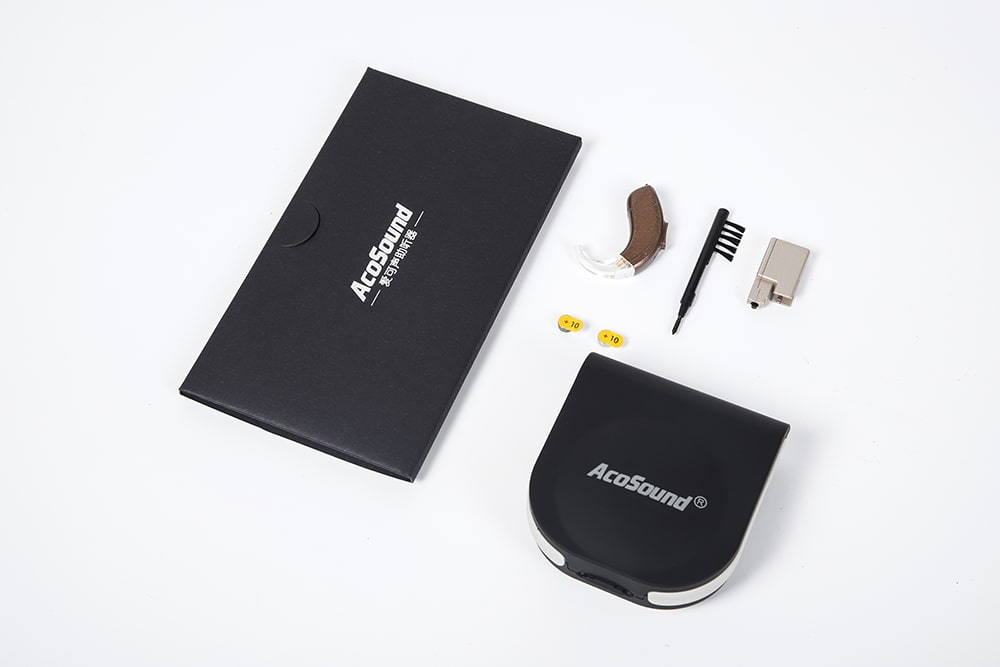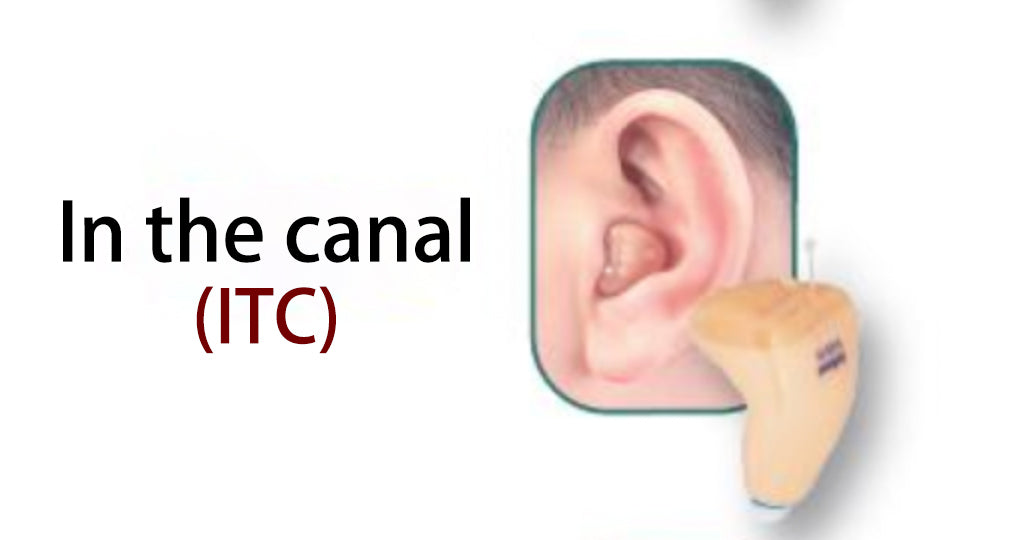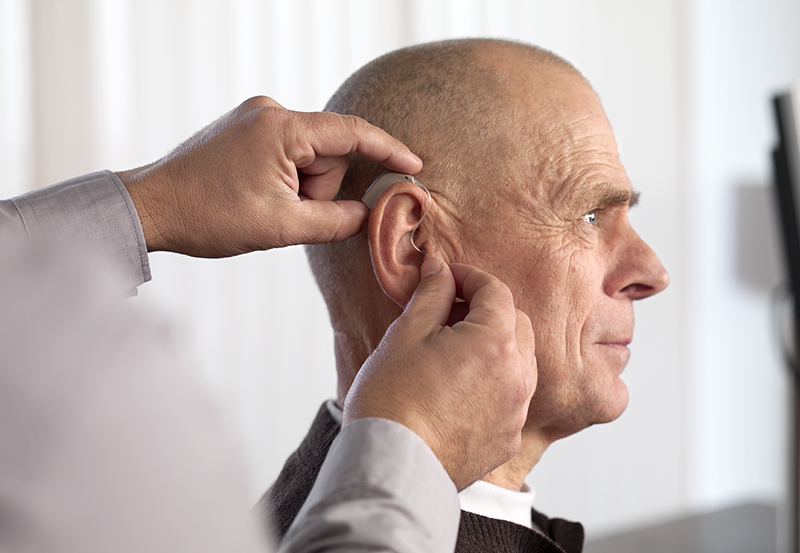There are usually two types of hearing aids, behind-the-ear and in-the-ear. There are many models in these two appearances, How to choose your suitable hearing aid that you like?
In this article, we will share with you some detailed information on the selection of hearing aids.
The advantage of behind-the-ear hearing aids
- No extra waiting time, you can directly use it after fitting.
- Many kinds of accessories for behind-the-ear type, which are easy to replace
- Comfortable to wear, the popular RIC hearing aids featured with a small and light body, its open earplugs bring you no feeling of clogging when using.
- BTC hearing aids have more room for multi-functional components, that support wireless Bluetooth connection, smart AI fitting, self hearing test...
- The fitting range is wider, the power is also larger, it is not easy to produce howling, and it is more suitable for severe and extremely severe hearing.

The disadvantage of behind-the-ear hearing aid
- It is not fully invisible, even the smallest behind-the-ear types will be noticeable by others.
- It is not easy to wear while having spectacle frames on the ear.
- You need to put the mobile phone mic behind the ear, and the phone handset must be aimed at the hearing aid speaker.
The advantage of in-the-ear hearing aids
Some models of in-the-ear hearing aids types are light and invisible. AcoSound ruby series are one kind of IIC hearing aids, they are totally invisible that suitable for formal business occasions.
It is easy to wear, you plug your hearing aid in the ear canal, then it's done. While behind-the-ear types need to adjust the length of hearing guide tube, put on the earplugs, then hang your hearing aids behind the ear.
It would not affect the wearing of spectacle or face mask. No need to adjust the position of the phone when making a call.

The disadvantage of in-the-ear hearing aids
- Since the in-the-ear hearing aid will completely block the entire ear canal, it will produce a relatively obvious sense of blockage. In-the-ear hearing aids can be made with ventilation holes to reduce the feeling of clogging, but some people cannot make enough ventilation holes because the ear canal is too small.
- Compared with behind-the-ear hearing aids, in-the-ear hearing aids are smaller, and all components are designed to be placed in the ear canal, which has very limited space and fewer functions.
- The distance between the microphone and the receiver is relatively close, which is prone to whistling, so it cannot amplify more sound;
- The space problem. The bigger the power, the bigger the receiver. Due to the limited space in the ear canal, we cannot put a larger receiver, so it cannot output more sound. For example, it cannot be used for severe hearing loss patient.
- Needs more maintenance. The moisture in the body can easily enter the inside of the in-ear hearing aid; the earwax in the ear canal is easy to block the sound hole; When removing and wearing, the dust on the hands also It is easy to block the microphone port.
Conclusion
Which type of hearing aid is most suitable for you? I believe everyone will have their own judgment after reading this.
The choice of hearing aids mainly depends on the different ideas and needs of each person. There is no absolute right or wrong in choosing hearing aids. The most suitable one is the best. After choosing your favorite hearing aid, be sure to keep wearing it~

